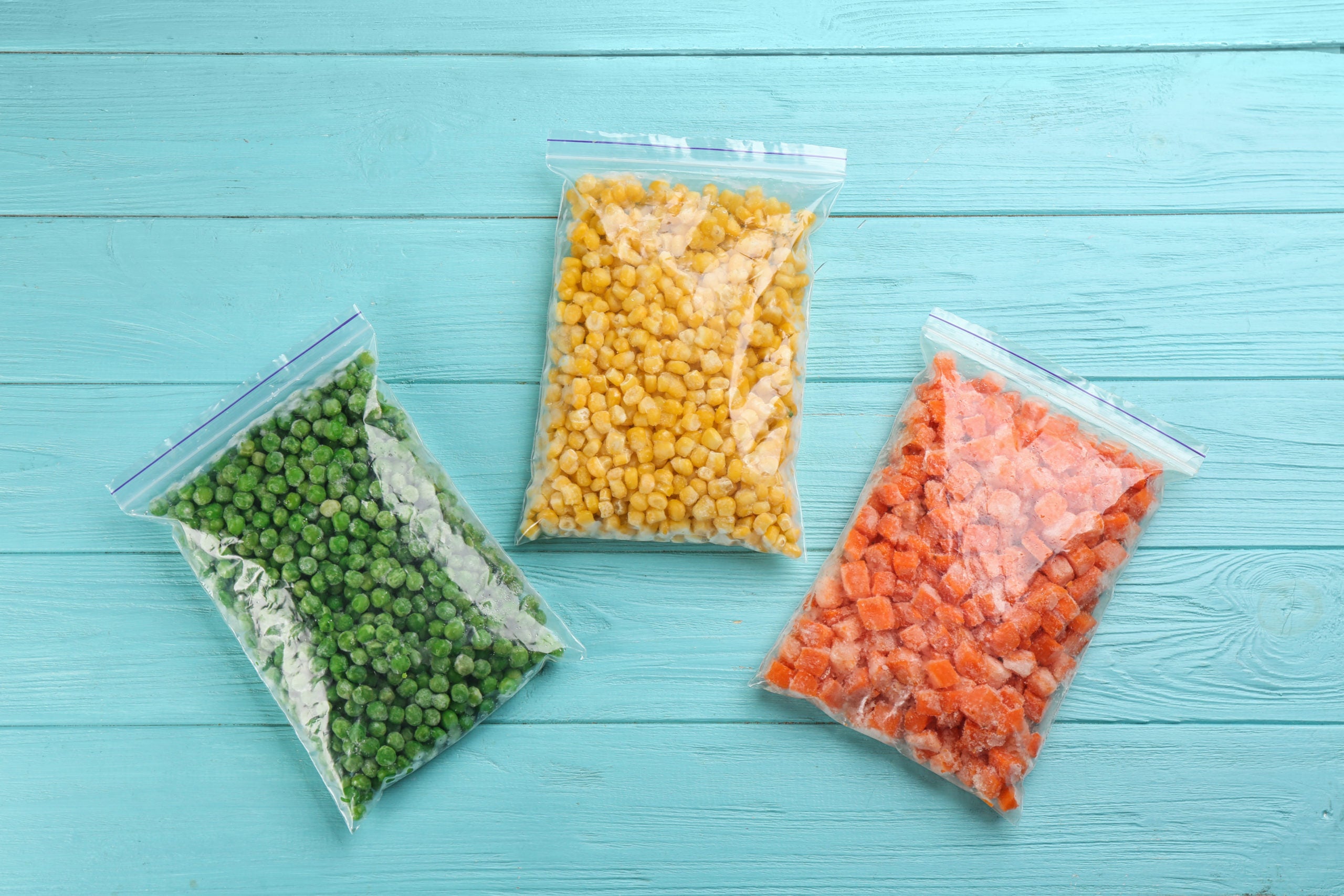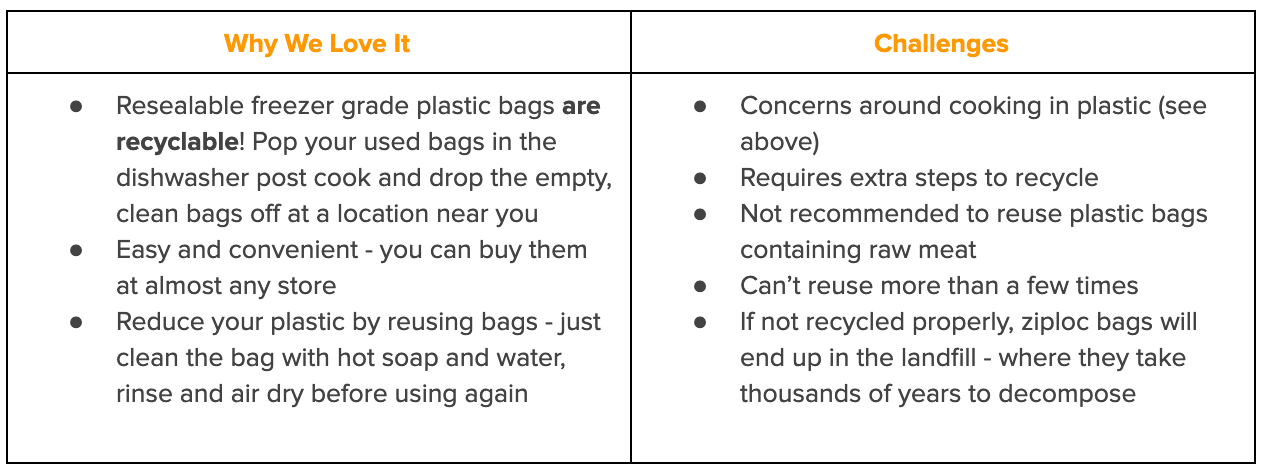Last week, we went into detail about the benefits and downsides of using the Anova Stasher bag when cooking your favorite recipes. This week, we’re exploring how to reduce your waste when using freezer grade resealable, zipper-locking bags - the most convenient and popular cooking method for most #anovafoodnerds.
Reduce, Reuse, Recycle
The first step you could take to reduce your plastic use is to reuse your bags when possible. We definitely don't recommend this option if cooking meat, but for anything else, clean your bags with hot soap and water, rinse until all the soapy residue is gone and then let them air dry. You can then reuse your bags for your next cook or simply store your fruits or veggies inside to give them a second (and third) life. .
The good news is that once your bags have reached the end of their use, chances are they're recyclable. Certain locations, like recycling centers and select retail stores (Target, Whole Foods) have set up drop-off point in store. Simply pop your used bags in the dishwasher post cook and drop the empty, clean bags off at a location near you. If you are trying to avoid going out in public right now, no problem! Store all your bags in one place until you are ready to drop them all off. .
Though it requires a few extra steps, the process of recycling uses much less energy than manufacturing with brand new raw materials. Recycling conserves energy and natural resources, reduces pollution, and helps prevent landfills from filling up. The majority of recycled plastic are turned into things like fences, benches, decks, door and window frames, crates, buckets, pallets and new packaging and bags. Although the best method is always to decrease your use of plastic, reusing and recycling also play crucial roles in reducing your overall environmental footprint. .

Issues with Cooking in Plastic
We know that many people new to sous vide are concerned about the safety of cooking in plastic. We don't blame you - there's a lot of conflicting information out there. Some sources say it's perfectly safe, especially at the low temperatures required for sous vide cooking. We recommend always using resealable freezer grade plastic bags that are BPA free and food safe and never putting your bags in boiling water.
For those of you who want to know more, let's dive a little deeper. BPA is considered “bad plastic” and is commonly used when manufacturing products such as cling wrap, food can coatings, take-out containers, multi-gallon water bottles, milk-container liners, plastic plates and more. You should avoid exposing these types of plastics to any high heat, including your microwave. The safest plastics are food-grade high-density polyethylene, low-density polyethylene, and polypropylene.
Most name-brand bags have well-documented manufacturing details. For example, according to SC Johnson, Ziploc® brand Bags and Containers are extensively evaluated for toxicity safety and are BPA free. All their bags meet the safety requirements of the U.S. Food and Drug Administration (FDA) for temperatures associated with defrosting and reheating food and are considered food safe. Glad also publicizes the fact that there are no plasticizers - substances which are added in order to alter the physical properties of plastic - in its bags.
At Anova, we are constantly cooking sous vide at home with our friends and families and sharing recipes and techniques with our #anovafoodnerdcommunity. We feel comfortable doing so, but we encourage you to always do your own research and decide what works best for you.
Recap

For those of you who are still uncomfortable cooking in plastic, we encourage you to check out the Anova Stasher bag made from reusable silicone, featured in blog 1 of this series. And make sure to check back in next week to learn about the benefits of cooking in glass (spoiler: cooking in glass is actually the safest option!)
Please feel free to reach out with any questions and thank you as always.
Until next time,
Anastasia


1 comment
I just bought an Everie sous vide cooking container that says it contains polycarbonate. Must I use sous vide bags to safely cook food in this container? No bags were included.